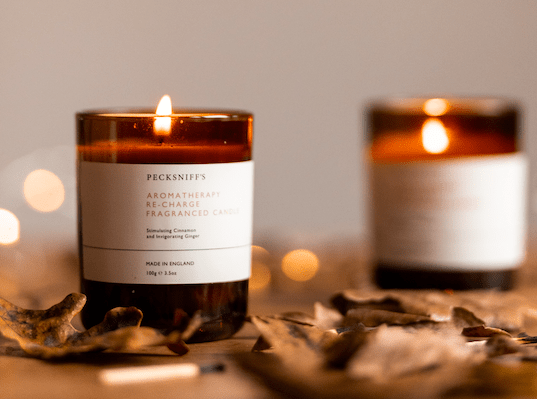The rise of ‘slim-thick’ body candles: stylish or sinister?
If Instagram has decided that you fit into the artsy and likely to buy from small craft businesses demographic, then you’ve most likely seen this past year’s trend of candles shaped like women’s bodies. There has been a massive boom in this relatively niche market, with both small independent businesses and larger retailers jumping on the bandwagon and producing their own versions of the product.
With aesthetic promotional photos, the allure of a quirky candle design, and some businesses offering a range of body types and skin tones, many have endorsed the trend as an inclusive celebration of the female form. However, is there something more insidious lurking beneath these waxy torsos?
It’s a deeply unnerving and angering fact that women’s body types go in and out of fashion
Before I start, I want to say that I don’t believe that the people making these candles have any sort of malicious intent. First of all, the concept itself is pretty cool; I’m always a fan of a good marble sculpture and putting that idea into candle form is something that I love – in theory. Secondly, this has become a trend, and it’s easy to follow trends without considering their wider implications. My criticisms of the candles lie more in their wider implications, rather than the creative minds behind them.
It’s a deeply unnerving and angering fact that women’s body types go in and out of fashion. From the desirable hourglass figures of the 1950s to the “heroin chic” of the ‘70s, women are expected to alter their physical form to align with whatever society has decided is the most desirable way for their bodies to be structured.
“Slim-thick” has become an aspiration
The “slim-thick” figure is the one seen prominently in the media at the moment, and this is the particular body type that the majority of these candles take. While the “slim-thick” figure is often championed as part of the body positivity movement, isn’t it strange, in the name of positivity, to still be celebrating one body type over others?
“Slim-thick” has become an aspiration, with workout guides and diets popular online as women feel pressured to conform to a body type that supposedly symbolises liberation from such pressures. The body positivity movement allegedly seeks to help women feel more comfortable in their bodies, but in many cases it’s been taken in the completely opposite direction and reappropriated to create exactly what it set out to destroy. People may not be consciously looking at these body shaped candles as figures to aspire to, but the prominence of a single body type reinforces the idea that one physique is better, or more socially acceptable, than another.
A lot of companies are creating a whole range of body shapes
It might seem a lot for such a small product to represent the criticisms of the wider body positivity movement. As I mentioned earlier, a lot of companies are creating a whole range of body shapes (and skin tones) for people to choose from. I think that’s great and shows a genuine attempt at keeping the trend fun and inclusive. It’s just a shame that a quick Google search for “woman’s body candle” produces image upon image of perfectly proportioned curvy figures, and the most popular and promoted photos of these candles still centre around a single body type.
You might think I’m being too negative about the whole situation. You’d be perfectly entitled to roll your eyes and think that this is just a smart way for small businesses to make some money over lockdown and that my criticisms are ridiculous.
There’s certainly artistic merit in the products, and the candles themselves are aesthetically pleasing
However, despite the fact that I am, I admit, tempted to snap up one of these candles, I can’t quite buy into how they’re being sold as a celebration of the female form. Women’s bodies are once again being commodified and sold back to them in the name of empowerment, and while there’s certainly artistic merit in the products, and the candles themselves are aesthetically pleasing, it’s interesting and important to think about their wider implications.
It’s easy to dismiss this as over analysing and hyper critiquing a harmless trend – and I am overthinking this, at least a bit. But in a world where women are constantly being presented with representations of their own bodies that are, for many, unachievable and lead to self-hatred and inadequacy, I think I’m entitled to a bit of nit-picking.

Comments